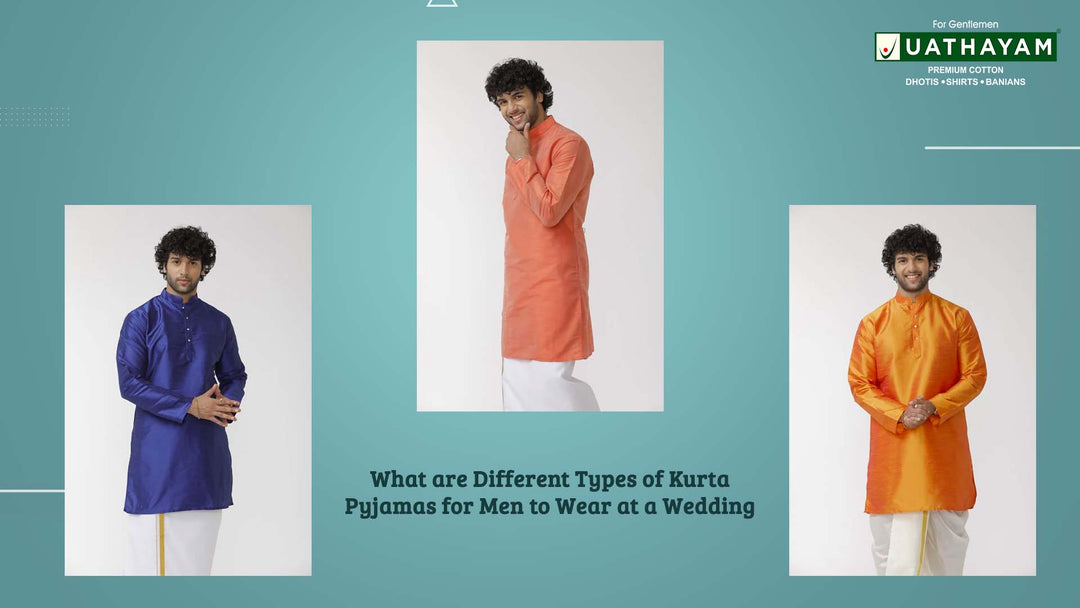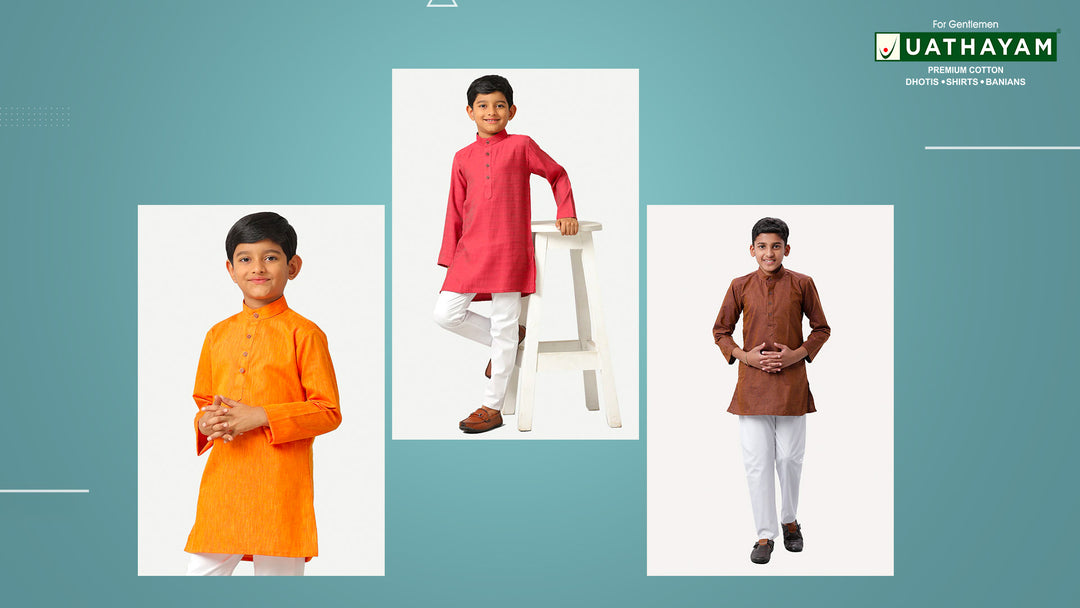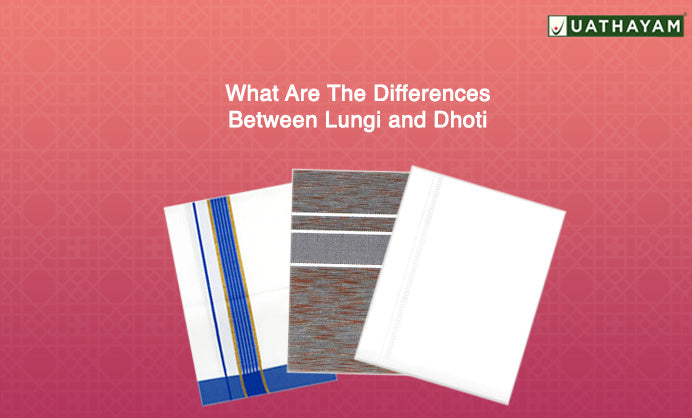Fabric Speak: Choosing the Right Material for Your Pooja Dhoti
Importance of choosing the right fabric for Pooja Dhoti
When choosing a fabric for your Pooja Dhoti, it's essential to consider the material's significance. The right fabric can enhance the comfort and overall experience during religious ceremonies. Cotton is a popular choice for Pooja Dhotis due to its breathability and softness, allowing for ease of movement and durability. Silk is also a favored option for its luxurious feel and traditional significance. It's important to select a fabric that aligns with the ceremonial importance of the Pooja and offers comfort during wear.

Different types of fabrics for Pooja Dhoti
When choosing the right fabric for your Pooja Dhoti, it's essential to consider the different types available to ensure you select the most suitable one. Here are some common fabric options to consider for your Pooja Dhoti:
- Cotton: Cotton is a popular choice for Pooja Dhotis due to its soft, breathable, and comfortable nature. It is also easy to maintain and is ideal for long ceremonies.
- Silk: Silk is known for its luxurious and elegant appearance. It is a favorite for special occasions such as Poojas. However, it requires special care and may not be as breathable as cotton.
- Linen: Linen is a lightweight and durable fabric that is also suitable for a Pooja Dhoti. It offers a crisp, clean look and is comfortable to wear in warm weather.
Consider the specific requirements of your Pooja and personal preferences when choosing the fabric for your Dhoti.
Considerations for fabric selection
When choosing fabric for your pooja dhoti, consider factors like comfort, ease of maintenance, and traditional significance.
- Comfort: Select a fabric that feels soft and breathable against your skin.
- Maintenance: Opt for a fabric that is easy to clean and maintain, especially if you plan to wear the dhoti frequently.
- Traditional Significance: Keep in mind the cultural and religious significance of certain fabrics for the pooja ceremony. Choose a material that aligns with these traditions.
Cotton fabric for Pooja Dhoti
Cotton fabric is a popular choice for Pooja Dhoti due to its breathability and comfort. It is a natural, soft, and lightweight material that allows for easy movement during religious ceremonies. Additionally, cotton fabric is easy to maintain and durable, making it suitable for frequent use. When choosing a Pooja Dhoti, consider opting for cotton fabric to ensure a comfortable and appropriate attire for the occasion.
Silk fabric for Pooja Dhoti
Silk is a popular choice for Pooja Dhotis due to its luxurious and auspicious nature. It is known for its smooth texture and lustrous appearance, making it appropriate for religious ceremonies. When choosing silk for your Pooja Dhoti, consider the quality of the silk and the thread count, as these factors can affect the overall feel and durability of the fabric. Keep in mind that silk requires special care and is generally more expensive compared to other fabric options. However, its elegance and significance in religious customs make it a timeless choice for your Pooja Dhoti.
Polyester fabric for Pooja Dhoti
Polyester fabric is a good choice for a Pooja Dhoti due to its durability and easy maintenance. It is a cost-effective option that offers a smooth and comfortable feel. Polyester fabric is also known for its wrinkle resistance, making it a practical choice for regular use during religious ceremonies.
Blended fabrics for Pooja Dhoti
Blended fabrics such as cotton-polyester and silk-polyester blends are popular choices for Pooja Dhotis due to their durability and easy maintenance. Blended fabrics offer a balance of comfort, affordability, and longevity, making them ideal for regular use during religious ceremonies. These fabrics also provide a smooth and lustrous appearance, enhancing the overall aesthetic of the garment.
Comparison of fabric properties
When choosing the right fabric for your pooja dhoti, it's essential to consider the properties of different materials. Here's a comparison to help you make an informed decision:
- Cotton: Lightweight and breathable, perfect for hot climates. However, it wrinkles easily.
- Silk: Luxurious and glossy, ideal for special occasions. It's more delicate and requires careful handling.
- Linen: Strong and absorbent, suitable for humid environments. It can be prone to creasing.
Understanding the unique qualities of each fabric will guide you in selecting the best material for your pooja dhoti.
Tips for maintaining the fabric
To maintain the fabric of your pooja dhoti, it's important to follow some simple tips. Here are a few things to keep in mind:
- Hand wash the dhoti using a mild detergent and cold water to prevent damage.
- Avoid using bleach or harsh chemicals that could weaken the fabric.
- Gently squeeze out excess water and air dry the dhoti to preserve its texture and color.
- Store the dhoti in a cool, dry place to prevent any moisture or mildew buildup.
Following these tips will help you keep your pooja dhoti in good condition for longer.
Conclusion and final fabric recommendation
After considering the various factors, it is important to choose a fabric that is comfortable, easy to maintain, and appropriate for the Pooja ceremony. Cotton and silk are generally the most suitable options as they offer breathability, durability, and a traditional touch. Additionally, these fabrics come in a variety of designs and colors, providing ample choices for personal preference. Ultimately, it is recommended to select a fabric that aligns with your comfort, cultural traditions, and style.






